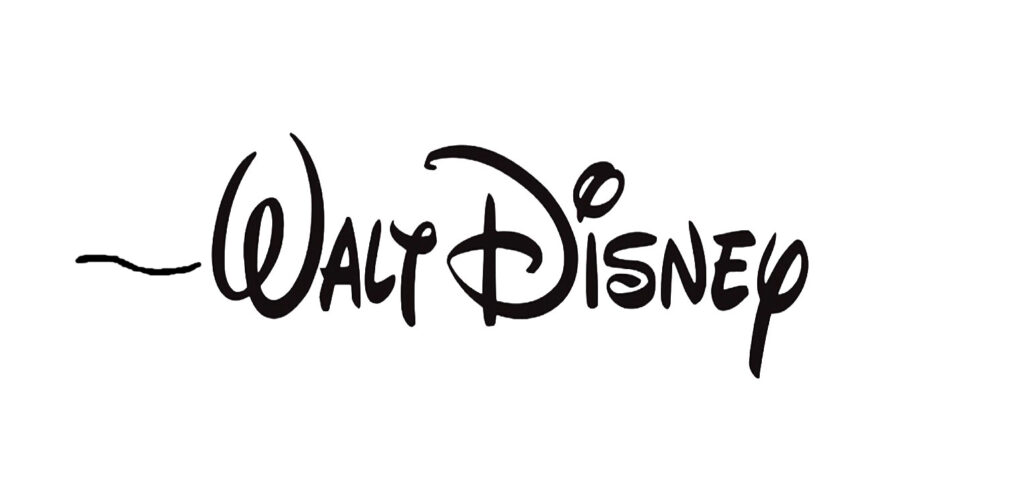SHIPS CROSSING IN THE NIGHT
Post show inside Stromboli’s wagon chowing down on “Italian” cuisine – i.e. sausage, wine, olives, cheese and garlic – the puppetmaster tallies his take, Pinocchio now sidelined, observing.

Furious at finding a slug amongst the gold, the puppeteer has a sudden inspiration and gently awards the dross to his puppet as his “share”. Eventually Pinocchio announces enthusiastically that he’ll go right home to tell his father and will return in the morning, which information causes Stromboli to choke on his wine, leap to his feet, snatch up the puppet and slam him violently into an empty birdcage. Now as the puppeteer anticipates the fortunes he will amass touring the world with his new production his true insidious nature surfaces. In one of the film’s most chilling moments, Stromboli runs a finger across the blade of a hatchet, testing its sharpness, and informs Pinocchio that once he is too old and decrepit he will make good firewood whereupon he slings the hatchet across the room into the heart of a naked puppet discarded in a box of tinder. “Goodnight, my little wooden goldmine,” he says, blowing a sarcastic tweak of a kiss as he exits the wagon and slams the door behind him with such force it blows out the lantern. Alone in the dark, Pinocchio is of course devastated as he hears the puppeteer outside whipping his steed. Quickly the wagon lurches into motion. The puppet’s birdcage prison swings wildly about, shadowy dangling marionettes swaying to and fro as lightning flashes, heavy rainfall pelts the wagon and thunder rumbles. These are horrifying and astonishing images, even showing the effect on the interior of the wagon when apparently it drives over a bump in one side of the cobblestone roadway!
Contrast this dire circumstance with the warm comfort of Geppetto’s home, where the table has been laid out with a feast of thanksgiving. Bibbed Figaro in a highchair and Cleo in her fishbowl – a piece of cake suspended in the water for her – await Pinocchio’s much belated return. Another chair at the table has been stacked with pillows for the puppet to sit upon. Geppetto paces, anguished with worry. He decides to go out looking for his boy again, cautioning his pets that they are not to eat a bite until his return. As soon as he departs, Figaro starts to dig into the scrumptious broiled fish topped with melting butter on the plate in front of him. Cleo scolds him and he restrains himself, grumpily frowning and folding his paws in frustration. Eric Larson based his animation here on observation of his 4-year-old nephew.[1]

Out in the rainstorm sitting forlornly under his umbrella on the handle of that village well pump, Jiminy Cricket watches the coupled gypsy wagons pass. Pulling himself together, he decides he will congratulate his onetime friend on his big success and wish him well. He hops over the puddles and enters the rear show wagon through a crevice in the bottom of the door. With great relief, Pinocchio greets him and quickly (and comically!) recounts the horrors of Stromboli’s nefarious intentions. Jiminy attempts to pick the birdcage’s padlock by climbing inside and prying at its spring, but his futile exertions end up shooting him out the keyhole across the room. Back in the cage with Pinocchio, the two lament their fate together.
These scenes posed two particular problems for the Effects Department (in addition to the lightning flashes, rainfall, dripping water, lamplit scenery passing by outside the window!): first, the movement of the gypsy caravan’s two coupled wagons and secondly, the swinging birdcage. These solid inflexible elements did not lend themselves to easy believable animation. Puppeteer/modeler Bob Jones to the rescue again! He built a small detailed replica of the caravan and filmed it rolling over a bumpy track matching the terrain of the background paintings. As Kaufman explains:
“The individual 35mm frames were then blown up as washoff cels, which were painted as usual and used in the finished scene. For scenes that combined these wagons with character animation, the technicians made photostats [which] the animators used …as guides to keep their characters in register.[2]
Remember: 24 frames per second! The amount of intensive labor is staggering!
Similarly, a birdcage was built, photographed and traced frame-by-frame onto cels. Except in this case, since Pinocchio must appear to be inside the cage, each image needed two tracings: one for the foreground bars and another for the background bars. For each frame of animation, the cels with the puppet’s image were sandwiched between these two other cels so that he would appear to be trapped within the cage.
Briefly we see Geppetto outside in the rainstorm carrying a lantern and searching. He stops at a corner to let Stromboli’s caravan rumble pass, then calls out, “Pino–,” but the rest of his shout is obliterated by a loud thunderclap. “Ships crossing in the night”…
[1] Kaufman, J.B.: op. cit., p. 192.
[2] Kaufman, J.B.: op. cit., p. 143.
